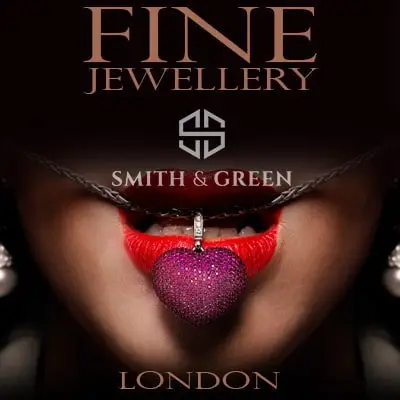Whisper it: The gravity of global horse racing prestige is slowly pulling towards the east. The financial clout of Dubai and Saudi Arabia has inevitably meant more attention goes to the world’s richest races like the Saudi Cup and Dubai World Cup. The former’s purse, coming in at $20 million for an individual race, is worth almost twice as much as the total prize money on offer across all 35 races at Royal Ascot, for example. Money talks in all sports, and it inevitably attracts the best competitors.
That said, few events in sport can hold a candle to Royal Ascot. The five-day feast of racing is unique in several aspects, both on the track and off it. As a racing spectacle, the 35 events provide superb action across different disciplines. The Gold Cup is arguably the most important event, and it certainly attracts the most attention in the betting and horse racing odds, but Ascot’s strength is that its focus is on its entirety, not its constituent parts. The festivals for the Arc de Triomphe, Kentucky Derby, Melbourne Cup, and the new events in the Middle East cannot match this. Ascot is about the whole.
Event is steeped in history of the Royals
We know, of course, that much of this prestige is derived from the festival’s patronage from the Royals. The event itself was founded by Queen Anne back in 1711, and the Queen Anne Stakes now opens the festival each year. Each race tends to have a specific evolution tied to a member of the Royal Family (past or present). For instance, the race that is now called the Queen Elizabeth II Jubilee Stakes went through various name changes, eventually tracking the reign of the late Queen.
The concentration of Group 1 races at Ascot is certainly important in a purely sporting sense. They include:
- Gold Cup
- Queen Anne Stakes
- Prince of Wales’s Stakes
- Queen Elizabeth II Jubilee Stakes
- St James’s Palace Stakes
Yet, the fact that Royal Ascot offers contests across a variety of distances, ages, and class-ratings. As such, you can be sure that trainers and owners from Europe, Asia, and Australia will look at any given race at the festival and think, “We could have a crack at that.”. It’s for that reason you get legendary international horses, such as Black Caviar, popping up now and again to test their mettle in front of the Ascot crowds. Perhaps the only country from which we see a lack of representation is the United States. The Americans’ focus usually goes on their own Triple Crown races across the early summer.
An opportunity for fans of all budgets
One of the interesting aspects of Royal Ascot is its accessibility. Yes, it is famed for its pomp and ceremony, but it is open to racing fans on any budget. Tickets for the Windsor Enclosure can be bought for less than £50. Of course, if you have the means and fancy some luxury, you can fork out for a ticket for the Old Press Room Package, which will set you back just under £4,000. For that, you get some of the best seats in the house, not to mention a fine dining experience with champagne and wines included.
There isn’t exactly a competition between the ‘Old World’ of racing and the cash-rich one emerging in the Middle East and other parts of Asia. Moreover, broadening competition around the world tends to enrich the sport of horse racing, not diminish it. While we said that money will always attract quality competition, you cannot buy history. Ascot wears that history proudly, putting it front and centre of its offering. Regardless of the money on offer, the best in the world will come back again and again to be part of that history.

















